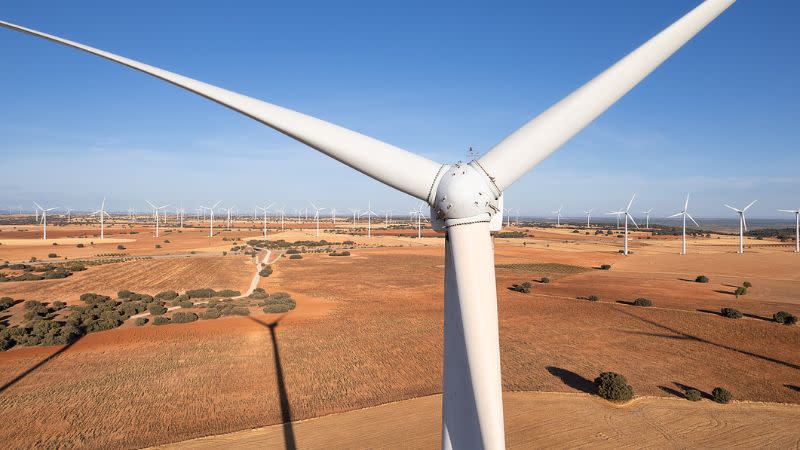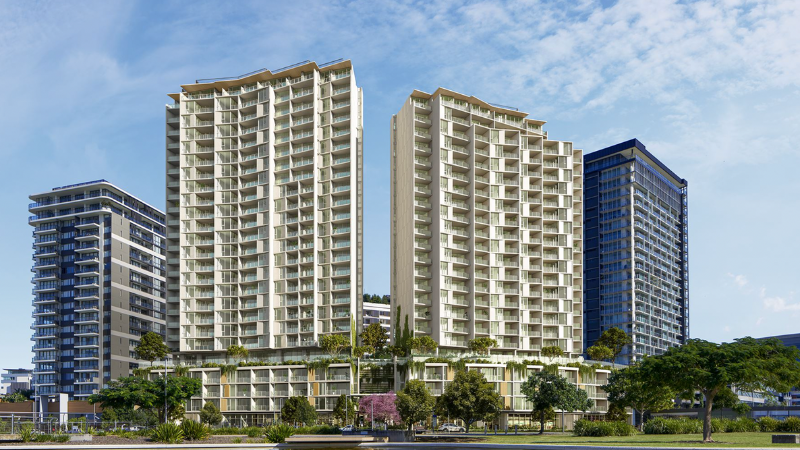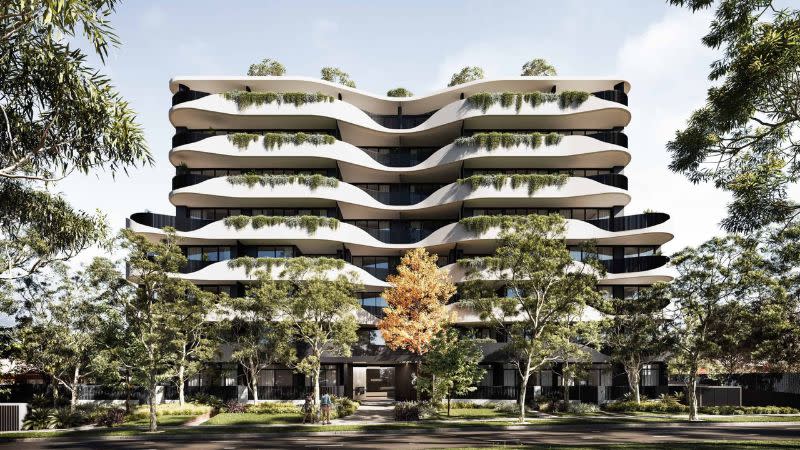
Australia’s Top End is feeling the bite of the nation’s housing supply crisis as Northern Territory crocodile king Mick Burns struggles to find beds for workers at his croc farm.
A development application has been filed for the expansion of worker accommodation on Australia’s biggest crocodile farm, which was built in 2021 on a site 45 minutes from Darwin in collaboration with French fashion house Hermes.
The $40-million development came under fire from animal welfare groups due to the controversial nature of the business—farming the reptiles for their skins to be used for luxury handbags.
Formerly used for horticulture, 255 Alphatonia Road, Lambells Lagoon, was snapped up in the middle of the pandemic and converted to a farm for as many as 50,000 saltwater crocodiles.
And the need to build accommodation for workers is far from confined to croc farms in the north.
While city rent rises are driving workers further from CBDs, rural regions are faring little better as rises there combine with a soaring cost of living make it hard for workers to make ends meet.
This year, the NT government announced an employment campaign as part of its $12.8-million worker-attraction program to take in 100 people from the United Kingdom.
At the time, territory chief minister Natasha Fyles said “key workers and their skills are essential to the economic and social development of the territory”.
Proposed worker accommodation developments in the territory aim to deliver 180 homes in Alice Springs and 240 in Katherine, committing a 10-year hard-lease for the key-worker accommodation sector.

Efforts to house workers are also under way at the other end of Australia where ACEN Australia are developing plans for its North East Wind energy farm in Tasmania.
“ACEN Australia is consulting with councils and other relevant stakeholders in planning workforce accommodation and other services for the North East Wind Project,” ACEN manager for stakeholder and engagement Dr Michael Connarty says.
“A range of options are being contemplated, which could include a centralised work camp to manage the peak workforce of up to 400 workers as well as other permanent or demountable accommodation located in the vicinity of the project construction areas.”
Connarty says the project will generate 400 jobs and most workers will need accomodation near the site.
“Finding suitable workforce accommodation close enough to the construction zones is a common challenge for large projects in remote and regional areas and the north-east of Tasmania is no different,” Connarty says.
Key worker accommodation on rise
Key worker accommodation is primarily cheaper housing for essential workers in such fields as healthcare, law enforcement, emergency services and education— who are often the ones bearing the brunt of Australia’s housing crisis.
Including housing options for this cohort is on the rise within other developments as the need not only increases, but is recognised.
In Brisbane, Mirvac’s LIV Anura project, part of the Queensland government’s Build-to-Rent Pilot Project partnerships takes this sector into account.
The development at 60 Skyring Terrace, Newstead, 3km north of the CBD is expected to finish mid-2024.

Mirvac build-to-rent general manager Angela Buckley says a part of Anura was targeted towards essential workers.
“Of the 396 apartments LIV Anura will offer, 99 will be for essential workers to rent for 25 per cent less than the asking price,” Buckley says.
She says renters must fit eligibility and financial requirements to be in line for one of the apartments.
“We’re talking about the people who deliver all of the essential services for our cities and unfortunately cities are expensive, so often these kinds of workers have to travel for long periods of time to and from work,” Buckley says.
She says it’s one part of the housing continuum as the whole market deals with a shortage of affordable housing across Australia.
“It’s representative of the fact it’s a broader housing challenge,” Buckley says.
Aware Real Estate’s Essential Worker Housing Program was launched in 2018 through Aware Super.
Aware chief executive Michelle McNally says it is a voluntary program developed by Aware Real Estate that “offers high-quality apartments to eligible essential workers on moderate incomes employed in industries”.

“We currently have appetite for a broad range of development opportunities in the residential sector,” McNally says.
“We have found the EWHP fills an important gap in the market, as most frontline workers generally don’t meet the criteria for standard affordable housing programs, forcing many frontline workers to endure a long daily commute as they cannot afford to live near their places of work.”
Push for essential workers to pay less
Soaring rental costs have made it nearly impossible for Australia’s key workers to live alone and close to their workplace.
“Anura will be targeted towards people working within a 10km radius to the site, so this can include other workers and not just key healthcare or emergency service staff,” Buckley says.
She says affordable housing will continue to be among priority developments in Mirvac’s future plans.
“Build-to-rent is a great model to deliver this style of much-needed housing,” Buckley says.
“There’s been a real shift in public policy in recent months, with announcements for affordable housing as part of future developments—it’s a great concept to incentivise developers to address this need for affordable housing.
“Development approval really varies in different jurisdictions, it can be such a long process but there’s been effort from the governments to quicken it up.”
Homes in works for health staff
Queensland’s 2023-2024 Budget includes $118.2 million to build and maintain housing for essential workers in health, education and emergency services.

Premier Annastacia Palaszczuk said at the time it was crucial to house essential frontline workers in Queensland communities, allowing pressure on the rental market to ease.
“These homes will help attract more critical workers to remote parts of the state, including health professionals such as doctors, nurses and paramedics, as well as teachers, police and fire personnel, who would otherwise rent privately.” Palaszczuk said.
Mungindi, about 500km south-west of Brisbane, is among rural centres targeted for help $2.1 million allocated to fund staff accommodation for healthcare workers at the Mungindi Multipurpose Health Service.
The old doctor’s residence on the Mungindi MPHS grounds will be refurbished to deliver six individual ensuite rooms with shared kitchen and laundry spaces.
South West Hospital and Health Service chief executive Dr Anthony Brown says the Mungindi project would play a part in reducing accommodation costs.
“Sourcing accommodation is a challenge in all rural areas of Queensland, and not just for government employees but also for private-sector workers,’’ Brown says.
“The Mungindi project, along with the planned accommodation works at Charleville, St George and Morven, will help the South West Hospital and Health Service attract and retain vital health workers, along with helping to reduce ongoing accommodation costs.’’
According to a media statement, in a bid to crush rental costs, the Palaszczuk government would also deliver health staff accommodation at Camooweal, Normanton, Pormpuraaw, Bamaga, Blackall, Longreach, Barcaldine, Winton, Collinsville, Mount Isa, St George, Charleville, Morven, Hope Vale, Laura, Dajarra, Charters Towers, Biggenden, Gympie and Palm Island.
If all goes well, construction works are expected to finish at the end of this year.
You are currently experiencing The Urban Developer Plus (TUD+), our premium membership for property professionals. Click here to learn more.















